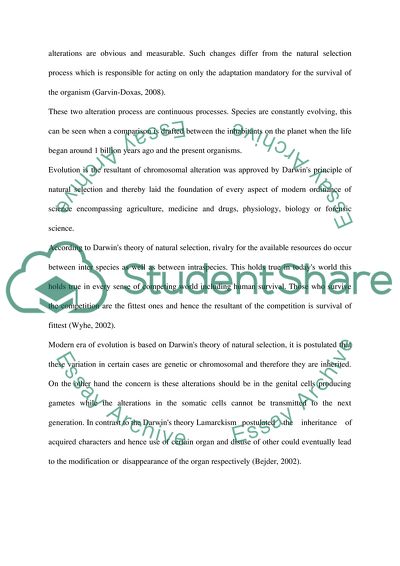Cite this document
(How Do Changes in Chromosome Number Evolve Term Paper, n.d.)
How Do Changes in Chromosome Number Evolve Term Paper. Retrieved from https://studentshare.org/biology/1743453-how-do-changes-in-chromosome-number-evolve
How Do Changes in Chromosome Number Evolve Term Paper. Retrieved from https://studentshare.org/biology/1743453-how-do-changes-in-chromosome-number-evolve
(How Do Changes in Chromosome Number Evolve Term Paper)
How Do Changes in Chromosome Number Evolve Term Paper. https://studentshare.org/biology/1743453-how-do-changes-in-chromosome-number-evolve.
How Do Changes in Chromosome Number Evolve Term Paper. https://studentshare.org/biology/1743453-how-do-changes-in-chromosome-number-evolve.
“How Do Changes in Chromosome Number Evolve Term Paper”, n.d. https://studentshare.org/biology/1743453-how-do-changes-in-chromosome-number-evolve.


